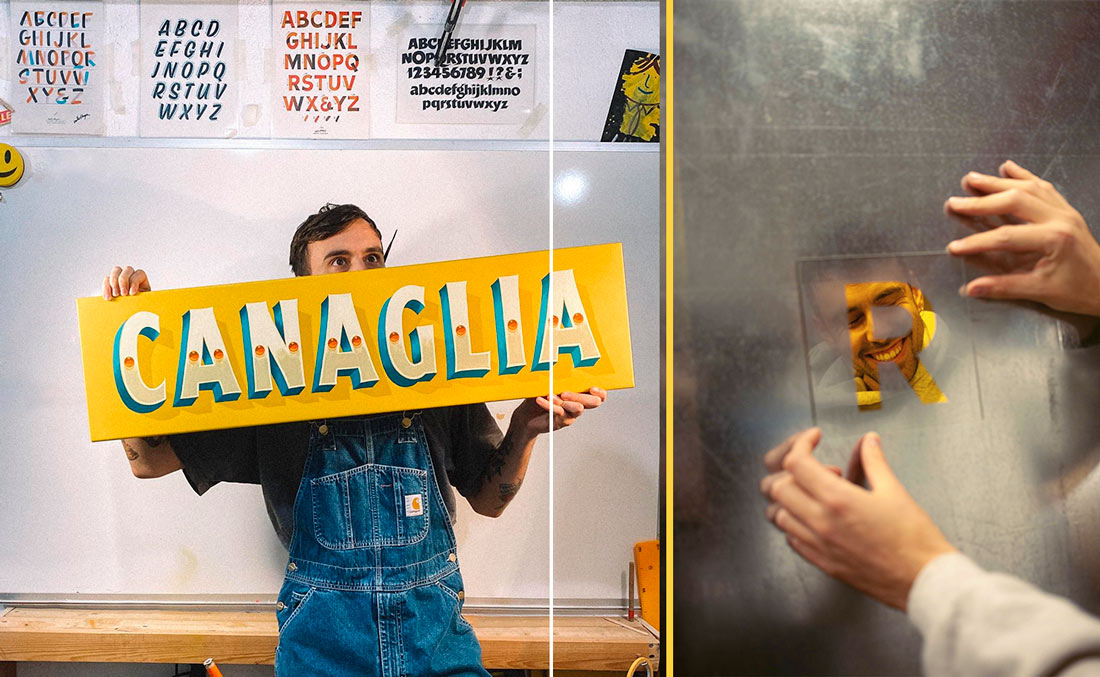An ancient profession that comes alive in the present
Loris Lillo rediscovers the art of sign painting, an ancient profession that now takes on a new and precious value. His creations range from commercial signs for shops or restaurants to more personal projects, where the aesthetic component and artistic value are highlighted. One of the most appreciated aspects of Loris' work is his ability to create unique pieces that, unlike digital and mass-produced signs, tell a story and reflect the client's identity. The signs from Lillo Letters are often characterized by vintage typography, with meticulous attention to detail and colors, giving life to visually impactful creations. The art of hand-painted signs has a long history intertwined with the roots of urban craftsmanship. Before the advent of modern technologies, every sign that adorned the city streets was the result of hours of manual work, precision, and passion. Loris has decided to revive this tradition.


























